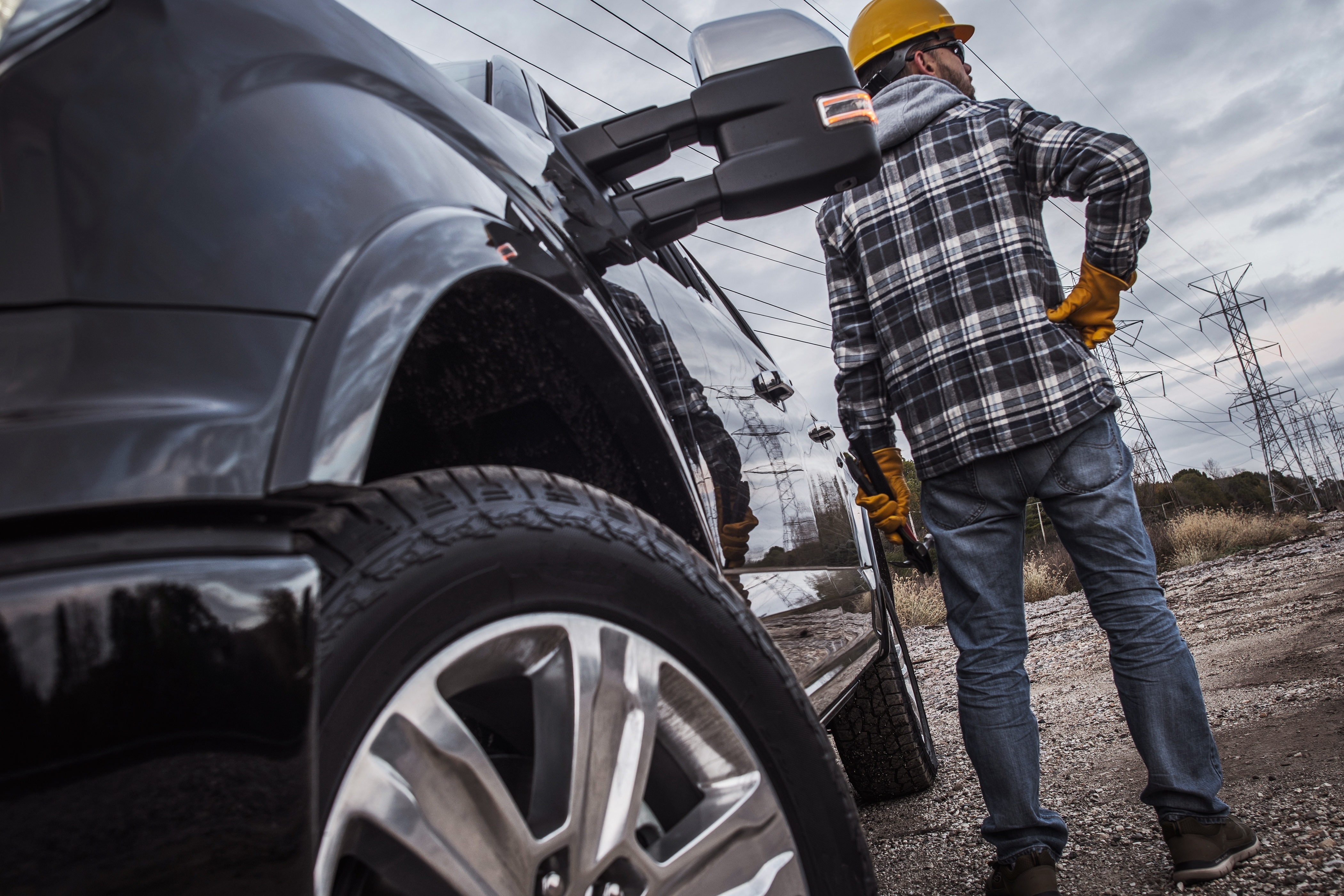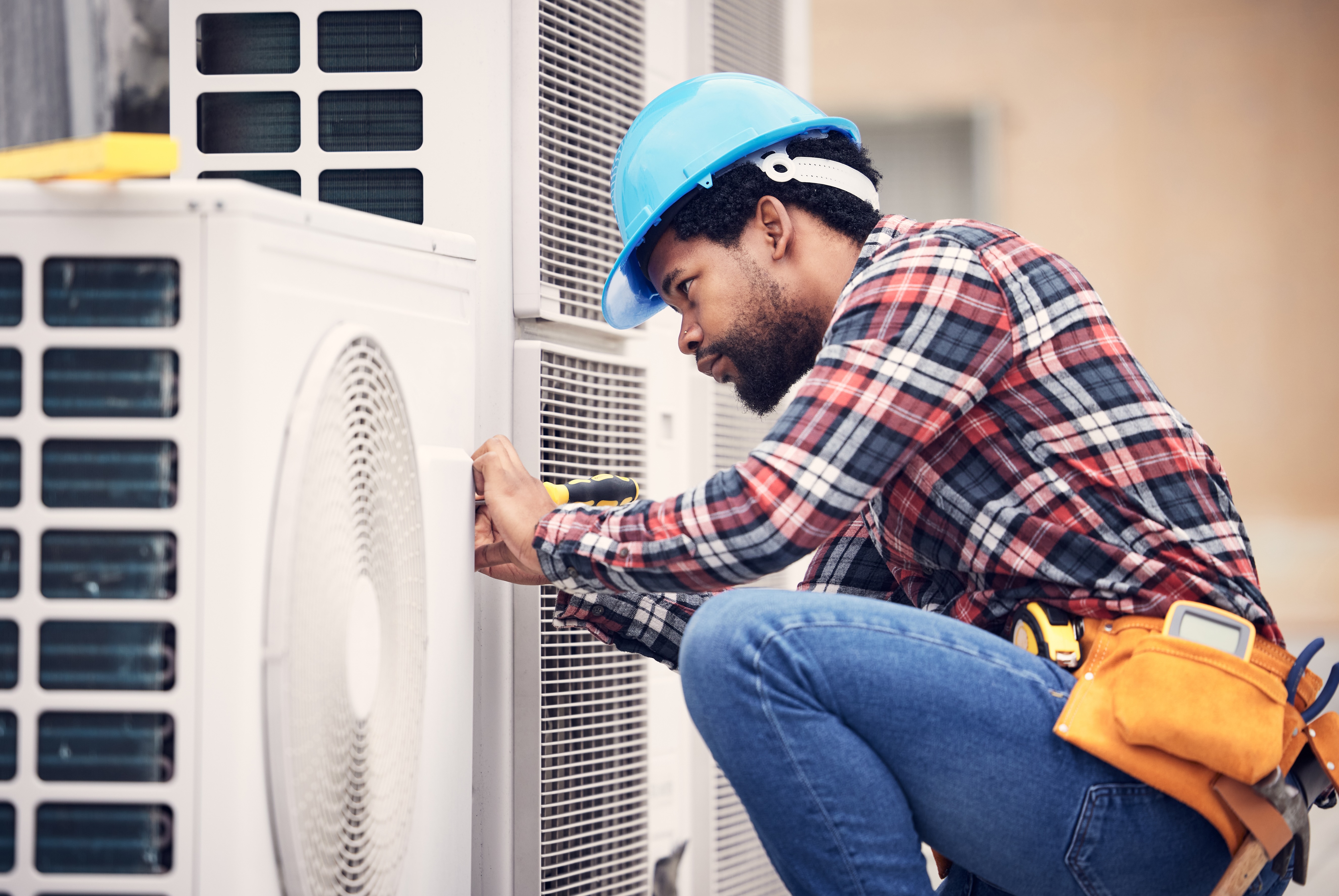Workwear for Fall: Stay Warm & Safe on the Job
Get ready for Midwest fall with durable workwear built for changing weather. Learn how to layer, choose the right boots, and stay visible on the job.

In the Midwest, fall can start mild and turn freezing by lunch. That makes it difficult for people working outdoors to keep warm and dry. The correct gear can have a considerable impact. Layering is essential. It lets you adjust to the day without slowing down or losing protection. Here’s how to create a fall workwear setup that’s ready for anything.
Midwest Fall Weather: What Workers Are Up Against
Midwest fall weather doesn’t hold back. October often has daytime highs in the 60s or 70s. However, by November, temperatures can slide into the 40s or drop 30 degrees in a few hours. That kind of shift demands gear that can adjust. Wind, rain, and even early snow are common, making outdoor workwear and layers a must on the job.
The Core of Fall Workwear: Layering

Dressing in Midwest workwear layers keeps you prepared for anything, from chilly mornings to warmer afternoons. Layering work clothes also gives you more control over how your gear fits and holds up on the job. The goal is warmth without bulk and comfort without giving up durability.
How do I layer work clothes without overheating? Start with a moisture-wicking base layer to keep sweat off your skin. Add an insulating layer, like a flannel or hoodie, for warmth, then top it with a lightweight, breathable jacket. Choose pieces you can remove easily as the day warms up so you stay comfortable without overheating.
Base Layers: Moisture Management & Thermal Control
Base layers sit closest to your skin, so they need to handle sweat and temperature shifts. Men’s base layer bottoms, women’s base layers, and Midweight thermal base layers (around 200 g/m²) are a good choice for active work in cool fall weather. Materials like merino wool or polyester wick moisture and regulate body temperature. You’ll want to avoid cotton, which traps sweat and gets cold quickly.
Product Spotlight: Field & Forest Men's Heather Grey Thermal Base Layer Pants Stay warm without bulk on cool fall workdays with these thermal base layer pants. Soft, brushed fabric traps heat while wicking moisture. They’re perfect for layering under jeans or work pants when temperatures drop.
Mid-Layers: Warmth Without Bulk
Mid-layers trap heat without holding you back. For fall work clothes, go with fleece-lined flannels, quilted shirts, or insulated vests. These pieces should be easy to pull off once the sun warms things up, but warm enough to handle the early morning chill. Look for breathable materials that give you room to move.
Outer Layers: Protection from Wind, Rain, & Cold
Your outdoor work clothing does the heavy lifting against wind, rain, and cold. Look for jackets with waterproof or windproof membranes and features like storm cuffs and adjustable hems. Carhartt men’s outerwear and women’s work jackets are also good choices. For late fall or early snow, insulated shells with Thinsulate or synthetic fill add warmth without getting bulky.
Product Spotlight: Carhartt Men's Black Full Swing Steel Jacket Built for tough jobs and cooler weather, this jacket features Carhartt’s Full Swing design for better range of motion. The durable outer shell and insulated lining keep you warm without feeling restricted. It's a solid choice for long fall workdays.
Work Pants That Hold Up All Season
A good pair of reinforced work pants should do more than cover your legs. They should also withstand long days, tough jobs, and changing weather. Look for options with reinforced knees and abrasion-resistant fabric. Some even have features like tool pockets and articulated knees for easier movement. Materials with a little stretch, such as cotton-spandex blends, are great for climbing ladders or working on your knees.
Product Spotlight: Carhartt Men's Rugged Flex 5-Pocket Gravel Work Pants These work pants move with you thanks to Rugged Flex stretch technology, making bending and lifting easier on the job. The durable cotton blend stands up to tough workdays. Meanwhile, the classic five-pocket style adds everyday versatility.
Product Spotlight: Dickies Men's Double Knee Pro Work Pants Made for heavy-duty jobs, these pants feature reinforced double knees. They'll hold up to kneeling, bending, and rough work conditions. The durable fabric resists wear and tear, while roomy pockets keep tools and essentials close at hand.
Explore all men’s work pants and women’s work pants and jeans for more durable gear.
Fall-Ready Footwear for Harsh Conditions

Working outdoors in the fall means cold weather and slick surfaces. The best boots keep your feet warm and protected from job site hazards. From steel toes to insulation, here’s what to look for in reliable work boots.
Essential Safety Features (Steel Toe, EH, and Puncture Resistance)
Safety comes first, especially in construction, utility work, and heavy-duty trades. Steel-toe boots protect from impact and compression. EH-rated soles provide electrical hazard protection up to 600 volts. Some construction workwear boots also include puncture-resistant plates for added foot safety.
Tread is key, as slip-resistant soles keep you steady on all wet surfaces.
<div class="rt-cta"><a class="cta-link-button inline-link" href="https://www.fleetfarm.com/category/clothing-footwear/mens-footwear/work-boots-shoes/_/N-1967216726">Shop our full lineup of men’s work boots to find a pair that fits your job and your footing</a></div>
Insulation & Waterproofing for Cold, Wet Weather
As the season cools down, insulation becomes equally important as safety. 200g Thinsulate is a go-to option for insulated work jackets and waterproof work boots, as it’s warm without adding too much weight. Waterproof membranes like GORE-TEX or brand-specific lines keep your feet dry all day.
<div class="rt-cta"><a class="cta-link-button inline-link" href="https://www.fleetfarm.com/category/clothing-footwear/womens-footwear/work-boots-and-shoes/_/N-3426057433">Looking for durable protection that doesn’t slow you down? Browse women’s work boots designed to handle harsh fall conditions</a></div>
Hand Protection for Changing Weather
Cold mornings, wet afternoons, and tough materials all take a toll on your hands. Fall gloves need to keep up without getting in the way. Look for options that offer warmth and flexibility, especially for jobs that require detail work or tool handling.
Insulation between 80g and 200g covers most fall temperatures. For wet days, go with waterproof membranes and reinforced palms. Touchscreen tips are a handy bonus, too.
Shop men’s performance gloves, women’s performance gloves, and general work gloves to find the pair that fits your job and the season.
High-Visibility Gear for Shorter Days
As daylight hours shrink, it gets harder for crews and equipment operators to see each other. This is especially so in early mornings or after 4 p.m. That’s why high-visibility clothing is essential in the fall. Look for ANSI Class 2 high-visibility safety vests for daytime work and Class 3 for low-light or high-traffic areas.
Product Spotlight: 3M Tekk Protection Hi Viz Reflective Day/Night Safety Vest Stay visible on the job with this lightweight safety vest. It features bright hi-viz fabric and reflective strips for low-light conditions. It’s ideal for roadside work, construction, or any task where visibility is key, day or night.
Make sure reflective stripes show up when wet or dry. Men’s high visibility clothing, such as beanies and gloves, increase your visibility.
Don’t Forget Head & Eye Protection

Safety workwear doesn’t end with clothing and boots. Hard hats and safety glasses are as important in the fall as they are in warm weather. Cold winds and falling leaves impact visibility and comfort, particularly on open sites. Go with hard hats that include chin straps so you’re stable in gusty weather, and add cold-weather liners that don’t interfere with fit or safety ratings.
For your eyes, switch between clear and tinted lenses depending on the time of day. Dust, sun glare, and blowing debris don’t rest for the season.
Layering Systems in Action: Real-Life Situations
Knowing how to layer is one thing. Putting it into practice is another. Here are two common fall setups that show how to keep warm, dry, and comfortable as the weather changes throughout the workday.
Early Fall: 50–60°F Mornings
When mornings are cool but afternoons warm up fast, go with a midweight base layer, a fleece-lined flannel or vest, and a lightweight outer shell. This combo keeps you warm at sunrise but lets you shed layers as temperatures rise. Breathable fabrics are a must when you’re active all day.
Late Fall: Adjustments for Freezing Temps
For days that start below freezing, cold-weather work gear is essential. You’ll want a full insulating mid-layer, a waterproof insulated jacket, and thermal base layers underneath. Waterproof boots and heavier-duty gloves become part of the everyday routine. Add a neck gaiter or balaclava for wind protection on exposed sites.
<div class="rt-cta"><a class="cta-link-button inline-link" href="https://www.fleetfarm.com/brand/home-improvement/tools/workwear-safety-equipment/heated-jackets-vests/_/N-2477125822">Stay extra warm with heated jackets and vests designed for serious cold</a></div>
Budget-Smart Strategies for Building Your Work Wardrobe
Outfitting yourself for fall doesn’t have to be expensive. Focus on layers and gear you’ll use the most, then work up from there. A few wise choices will last you through the season.
Prioritizing Must-Haves
Start with gear that keeps you safe and comfortable, such as safety boots and high-vis outerwear. These pieces get daily use and take on the toughest conditions. Once those are covered, add mid-layers and accessories that make your workday easier.
Where to Save, Where to Invest
Put your budget toward the gear that takes the most wear, like boots and jackets. These items typically last many seasons when you select durable options.
You can save a bit on work shirts, belts, and smaller accessories. Shopping end-of-season and clearance sections is also a great way to stretch your dollars while getting quality gear.
Workwear Maintenance Tips for Longer Wear
Work gear gets a lot of use, so you need to take good care of it. Simple steps like proper washing and storage ensure that your clothing and boots last longer and remain comfortable as you work throughout the season.
Washing Guidelines for Tech Fabrics
Most workwear today uses performance fabrics that need a little extra care. Skip fabric softeners and avoid hot water. They damage waterproof coatings and elastic fibers. Use a gentle cycle, choose tech-safe detergents, and air dry or tumble dry low to keep your gear in good shape.
Storage Tips to Keep Gear Weather-Ready
When your gear is not being used, give it some space to breathe. Hang jackets and work pants so they hold their shape. Store everything in a cool, dry place, away from direct sunlight. Keep backup gloves, socks, and base layers in a weatherproof bin. This is useful when conditions change rapidly on the job.
Ready for the Season: Gear that Works When You Do
Fall conditions in the Midwest are often unpredictable, but your gear shouldn’t be. With the ideal layers, footwear, and safety essentials, you can keep warm, dry, and focused on the job, regardless of the weather.
Key Takeaways:
- Layer with purpose: base, mid, and outer layers each play a role.
- Prioritize comfort, movement, and protection.
- Choose gear designed for sudden temperature shifts and wet weather.
- Don’t overlook gloves, headwear, and high-vis gear.
- Care and storage extend the life of your workwear.
<div class="rt-cta"><a class="cta-link-button inline-link" href="https://www.fleetfarm.com/?srsltid=AfmBOopqpIh0GgSd7oS_YfMzRusdcnRG4KRglUv6D2p9TF94uFGurEwG">Shop Fleet Farm for dependable fall workwear and gear built for Midwestern conditions</a></div>












